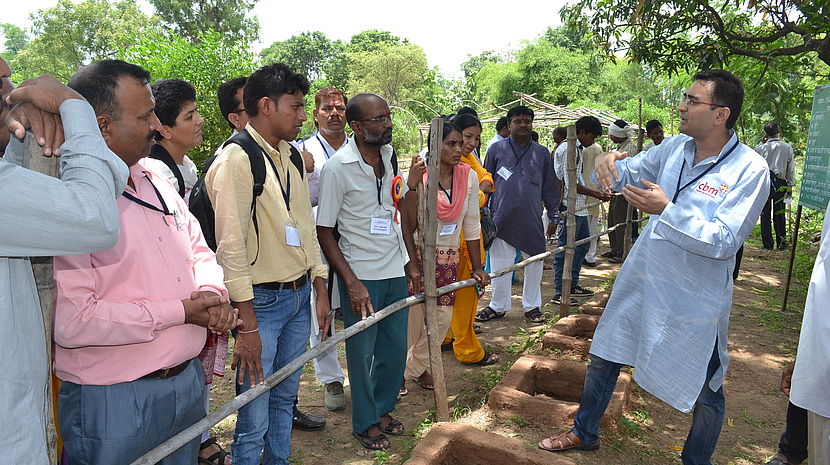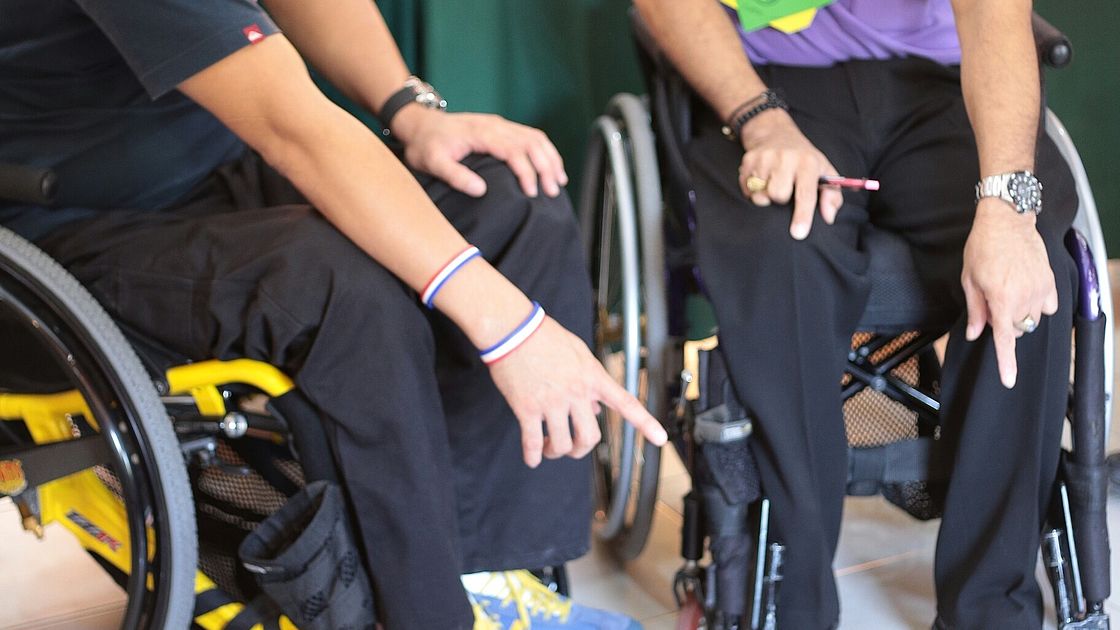Inclusive and Accessible Cities For All

Bharatiya Viklang Jan Forum (BVJF), a pan-India platform of Disabled Peoples’ Organisations, held its first national meeting in Betul, Madhya Pradesh, India to facilitate grassroots disability leaders and organisations to share experiences regarding policy making and accessibility issues.
Barriers to the inclusion of persons with disabilities in urban environments encompass a range of interrelated physical, social, economic and attitudinal factors
Barriers faced by persons with disabilities
Barriers to the inclusion of persons with disabilities in urban environments encompass a range of interrelated physical, social, economic and attitudinal factors. A quick look at cities and towns around the world shows a challenging picture faced by persons with disabilities. They face considerable discrimination regarding mobility and accessing urban infrastructures and services (i.e. housing, clean water, education, employment, health services), which not only results in exclusion but fewer opportunities for employment, education or political participation, thus maintaining the status of poverty.
Barriers to inclusion in cities
- Access to land rights is often restricted for persons with disabilities.
- Housing opportunities are limited due to design and construction being inaccessible and there is often a lack of accessible and adequate information on housing options
- Economic disadvantage of persons with disabilities (affecting general affordability and ability to secure financing).
- Negative attitudes of actors involved in the process of building, selling, and allocating housing towards persons with disabilities.
- Lack of access to public transportation and the increased use of individual motorised transport are also examples of the pervasive barriers to mobility that contribute significantly to the social and physical isolation of persons with disabilities. For example, in Port-au-Prince, Haiti, the majority of daily trips are made on foot, mostly on hazardous walkways that are uneven and narrow under normal conditions and become impassable or completely disappear under rain or erosion.
- Lack of participation in the decision-making and voting processesthat eventually influence the future of their communities is restricted due to the lack of access to information (i.e. accessibility of voting sites and ballots).
These barriers highlight the crucial role of accessibility and the necessary interventions that should be made in areas such as the physical environment and transport. The cost of investing in accessible infrastructure and services is often mentioned as an obstacle but the initial capital has proven well worth the social and economic returns in sectors such as tourism.

In 2014, as part of a Disaster Risk Reduction project in Thailand, CBM organised a 'Training of Trainers' workshop on community-based disability inclusive disaster risk reduction. The training aimed to merge knowledge and expertise from the DRR sector and from the disability sector, and involved Asian Disaster Preparedness Center (ADPC) instructors.This image shows Tum and Yud participating in making risk map.
CBM- Persons with disabilities must be included as partners in all development and humanitarian programmes including disaster risk reduction from policy-making of accessibility to the implementation and monitoring of accessible digital and physical environments.
- Universal design and comprehensive accessibility have to be incorporated in building and transportation standards and codes as well as in general infrastructure programmes and local development projects.
- Participatory planning approaches and tools such as accessibility audits should be used to engage persons with disabilities and the whole community in all mechanisms for urban planning and implementation.
- Ensure the development of technical expertise on universal design by supporting capacity building of organisations of persons with disabilities, policy makers and local authorities and professionals involved in urban planning, including by gathering and sharing evidence and information around new technology.
Disclaimer
Content for this article has been taken from CBM's publication - Dialogues on Sustainable Development: A Disability Inclusive Perspective
Download the publication